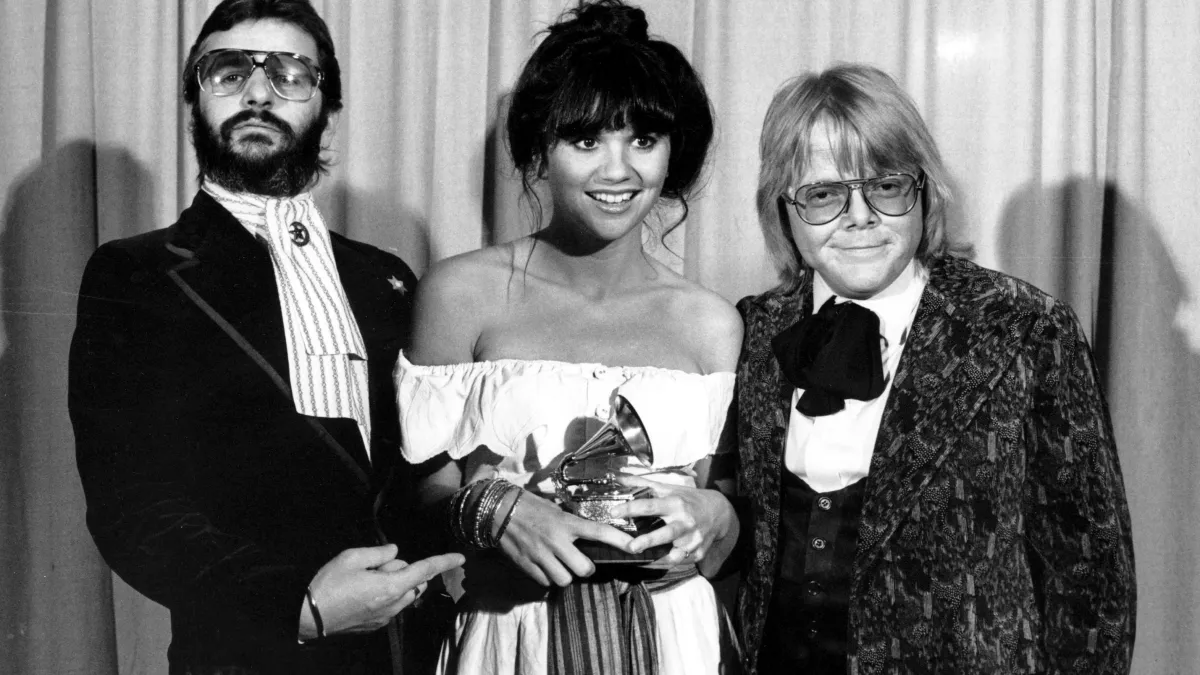
A letter of mercy set to melody — “In My Reply” answers hard lives with tenderness, letting dignity speak where judgment once stood
The essentials, placed gently but clearly: “In My Reply” is an album track by Linda Ronstadt from her self-titled Linda Ronstadt LP, released in January 1972 on Capitol. It was not issued as a single, so it carried no individual chart placement, but the album itself reached No. 163 on the Billboard 200. The song sits as track 5, runs about 3:33, and was produced by John Boylan. Its author is Livingston Taylor—James Taylor’s younger brother—whose plainspoken storytelling fits Ronstadt’s early-’70s country-folk poise like a glove.
From the first verse, “In My Reply” feels less like a performance than a quiet conversation across a kitchen table. Taylor’s lyric sketches three portraits—Matthew, Jim McCall, and others who bend under the weight of their choices—and asks a difficult question: how do we answer people who have lost their way? Ronstadt doesn’t sermonize; she answers with mercy. In her phrasing you hear a listener, not a judge, and the refrain becomes less a hook than a humane instinct: to meet regret with gentleness, to keep a door open even as the night gathers.
The arrangement is modest on purpose. Boylan frames Ronstadt’s voice with patient drums, steady acoustic guitars, and a warm, breathing bass line—no flash, no clutter, nothing to distract from the lyric’s moral clarity. That restraint was a hallmark of the Linda Ronstadt album, which balanced brand-new material—“In My Reply,” “I Won’t Be Hangin’ ’Round,” “Rock Me on the Water”—with country standards like “I Fall to Pieces” and “I Still Miss Someone.” In that company, “In My Reply” stands out as the quiet conscience of the set: a song that doesn’t raise its voice because it doesn’t need to.
There’s history threaded through these three and a half minutes. In 1972, Ronstadt was still building the instrument we later took for granted—the one that could vault effortlessly from country to rock to the Great American Songbook. The album’s modest chart showing matters less than what it proved: that she could inhabit contemporary writers with the same natural authority she brought to standards. Choosing a Livingston Taylor deep cut was a small act of curation with a big result. She heard the compassion in his lines and made it audible to anyone willing to lean in.
Listen to the lyric up close and you’ll notice how often the song pauses at the edge of condemnation and then steps back. “Will I see my Ohio?” asks a dying man; in her reply, the narrator “lied a bit,” not from cowardice but from kindness, to make a stranger’s last minutes easier. That small, difficult mercy is the heart of the piece. Ronstadt sings it without theatricality—no sobs, no sighs—just a clear, steady tone that lets the words do the work. It’s the sound of someone who understands that forgiveness is sometimes a softening of the truth in service of a larger one.
Placed alongside the album’s better-known moments—her poised early reading of Jackson Browne’s “Rock Me on the Water,” or the live-wire cover of “I Fall to Pieces”—“In My Reply” deepens the record’s emotional map. It’s the song you remember after the needle lifts: not because it dazzled, but because it sat with you, unhurried, like an old friend who chooses the right words and then stops talking. And while the track never chased radio, it has lived a long, quiet life—reissued, remastered, and rediscovered by listeners who recognize themselves in its hard-won gentleness.
For those who carried these records home in brown paper bags, the feeling returns on contact: the scent of cardboard sleeves, the small thrill of new liner notes, the first time you realized Linda Ronstadt could make a room feel honest just by singing plainly. “In My Reply” is that gift distilled. It reminds us that compassion can be decisive, that strength can arrive without fanfare, and that a singer at the start of her long road already knew the most important thing: how to make a song tell the truth kindly.
Play it in a quiet hour. Let the verses unfold like photographs of people you almost knew. And when the last chord fades, notice how the room seems softer, the world less quick to judge. That’s the lasting grace of “In My Reply.” It doesn’t argue; it consoles. It doesn’t absolve; it understands. And in that understanding lies the rarest kind of reply—one that lingers, patient and humane, long after the music ends.
Linda was the leader and curator of her genre because she was respectfully in touch with the best artists of the time. They listened to her every lyric and voice written by them for the ultimate performance without disappointment ever.